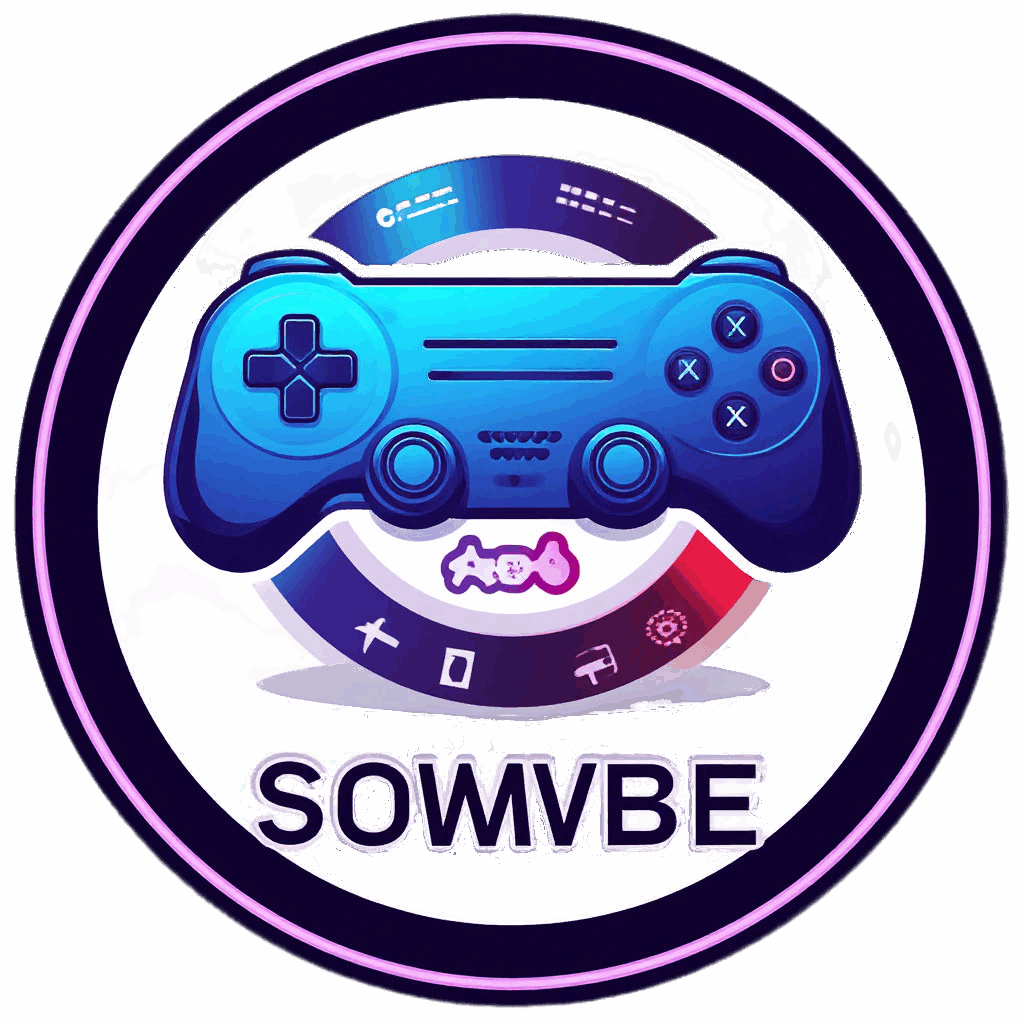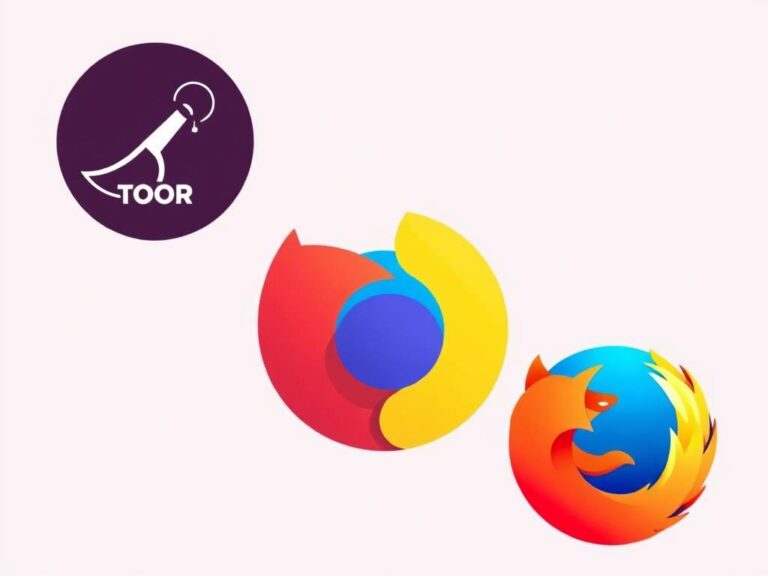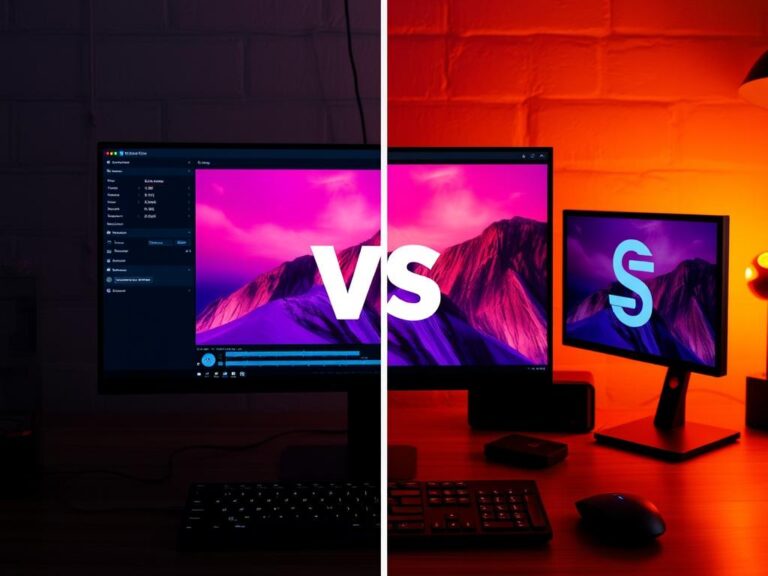Top Webinar & Video Conferencing Software: Finding the Perfect Fit for Your Virtual Meetings
In today’s fast-paced, remote-driven world, having reliable webinar and video conferencing software is more important than ever. Whether you’re a business professional hosting large virtual events, a teacher conducting online classes, or just someone who needs to stay connected with friends and family, the right software can make all the difference. But with so many options available, how do you choose the top webinar and video conferencing software for your needs?
This comprehensive guide walks you through the best platforms on the market, highlighting their key features, pros, cons, and pricing. We’ll explore popular names as well as lesser-known gems that offer impressive functionality. By the end of this article, you’ll have a clear understanding of what makes a webinar and video conferencing tool stand out and which one might be the best fit for your personal or professional use.
Why Video Conferencing and Webinar Software Matter
The surge in remote work, online education, and virtual socializing has skyrocketed the demand for reliable video conferencing tools. These platforms go beyond simply connecting people via video calls. They facilitate interactive webinars, collaborative meetings, seminars, training sessions, product demonstrations, and much more. The top webinar & video conferencing software platforms provide features that empower presenters and attendees alike – tools such as screen sharing, breakout rooms, real-time chat, polls, and recording capabilities.
For businesses, these tools are essential for cutting costs on travel, scaling outreach efforts, and maintaining productivity when teams are distributed across different locations. Educators rely on them to create engaging virtual classrooms that mimic the in-person experience. Social users benefit from easy, stable connections to stay in touch when physical meetings aren’t an option.
Key Features to Look for in Webinar & Video Conferencing Software
Before diving into the review of the top software options, it’s important to first understand what features are critical in a quality platform. Here’s a quick rundown of the must-have attributes for both webinars and general video conferencing:
- Video and Audio Quality: Crystal-clear, lag-free video and sound are a must for smooth communication.
- Participant Capacity: Depending on your needs, the platform should support a suitable number of attendees.
- Screen Sharing & Interactive Tools: Ability to share screens, files, and to engage participants with polls, Q&A, or chat.
- Recording and Playback: Useful for archiving sessions or sharing with those who couldn’t attend live.
- Ease of Use: Intuitive interfaces help both hosts and participants avoid technical headaches.
- Integration Capabilities: Seamless integration with calendar apps, CRM systems, or marketing tools is a big plus.
- Security Features: End-to-end encryption, password protection, waiting rooms, and other security measures protect your meetings.
- Mobile Accessibility: Support for mobile apps allows users to join meetings from anywhere.
Top Webinar & Video Conferencing Software Platforms Compared
Let’s take a detailed look at some of the leading software options, focusing on their standout features and how they compare across essential categories. This comparison table provides a quick glance to help you weigh the options:
| Software | Max Participants | Key Features | Pricing | Ideal For |
|---|---|---|---|---|
| Zoom | Up to 1,000 (webinars) | HD video/audio, breakout rooms, polls, recording, virtual backgrounds | Free tier; Pro starts at $14.99/month | Businesses of all sizes, educators, large-scale webinars |
| Microsoft Teams | Up to 1,000 | Office 365 integration, file collaboration, recording, screen sharing | Included with Microsoft 365 subscriptions | Businesses using Microsoft ecosystem, team collaboration |
| Webex | Up to 1,000 | AI-powered meeting assistant, breakout sessions, HD video, recording | Free tier; Paid plans start at $13.50/month | Enterprises, customer support teams, virtual events |
| GoToWebinar | Up to 3,000 | Polls, surveys, detailed analytics, custom branding | Starts at $89/month | Large webinars, marketing presentations, training |
| Google Meet | Up to 250 | Integration with Google Workspace, real-time captions, screen sharing | Included with Google Workspace; free limited version | Small teams, educators, casual users |
| Demio | Up to 1,000 | Automated webinars, engagement analytics, no downloads required | Starts at $49/month | Marketers, webinar-driven sales teams |
| BigMarker | Up to 10,000 | Customizable registration pages, automated webinars, robust CRM integrations | Plans start at $79/month | Enterprise webinars, lead generation, virtual conferences |
Zoom: The Household Name for Video Calls and Webinars

No discussion about top webinar & video conferencing software can start without mentioning Zoom. This platform has become synonymous with video meetings around the world. One of Zoom’s biggest draws is its impressive participant limit and scalability, supporting up to 1,000 attendees on webinars. Zoom shines with its intuitive interface, making it accessible for newcomers, yet powerful enough to satisfy tech-savvy users.
Key features like breakout rooms allow for creating smaller discussion groups during sessions, ideal for workshops and classrooms. Additionally, hosts can leverage polling, Q&A, and virtual hand raises to increase engagement. The option to record calls in high-definition promises content that can be archived or repurposed.
Zoom offers a free basic plan that supports meetings up to 40 minutes with up to 100 participants, which is great for small teams or testing the tool. Upgrading to paid plans unlocks longer meetings and advanced webinar capabilities, making it a versatile choice regardless of your budget.
Microsoft Teams: Collaboration Meets Video Conferencing
For organizations already invested in the Microsoft ecosystem, Microsoft Teams is an appealing option that blends productivity tools with video conferencing. Beyond just meetings, Teams acts as a hub for chat, file sharing, and project collaboration. Its native integration with Office 365 apps like Word, Excel, and PowerPoint streamlines the workflow, allowing users to work on documents in real time during a video call.
Teams supports meetings with up to 1,000 participants and offers features like breakout rooms, meeting recordings, and real-time transcription. The platform is particularly effective for businesses where collaboration requires seamless document management alongside video communication.
Though it lacks some of the webinar-specific features like advanced marketing tools found in other software, Teams is a robust choice for internal meetings and training sessions that benefit from collaborative tools.
Webex: A Veteran in the Online Meeting Space
Cisco’s Webex has been a key player in the video conferencing world for years. Known for its enterprise-grade security and reliability, Webex is favored by companies requiring stringent data protection. It supports large meetings and webinars, offering AI-powered features such as automatic meeting transcription and a meeting assistant that summarizes key points.
Webex includes breakout sessions, high-definition video calls, and recording options. It also boasts a range of integrations, from productivity suites to CRM systems, enhancing its utility in complex business environments.
Pricing starts with a free option that includes meetings up to 50 minutes with 100 participants, and scales up with paid versions tailored to professional and enterprise needs.
GoToWebinar: Powerhouse for Large-Scale Webinars
If hosting large webinars is your core requirement, GoToWebinar is a dedicated solution that excels with features tailored for marketing presentations and training. It can accommodate up to 3,000 attendees, making it one of the top webinar platforms for sizeable online events.
The software provides powerful engagement tools such as polls, surveys, handouts, and detailed analytics to measure webinar success. Additionally, it supports custom branding, which is key for companies wanting a professional look for their virtual events.
While GoToWebinar lacks the free-tier flexibility seen in other tools and is on the pricier side, its webinar-specific capabilities justify the investment for businesses that rely heavily on lead generation through online presentations.
Google Meet: Simple, Effective, and Integrated

Google Meet, part of Google Workspace, offers a straightforward and reliable video conferencing experience. Its integration with Gmail and Google Calendar makes scheduling and joining meetings convenient. Google Meet supports up to 250 participants per call, which is ideal for small to medium-sized meetings.
Features like real-time captions, screen sharing, and call recording are available, depending on your Google Workspace plan. While it doesn’t have specialized webinar tools, Google Meet’s clean interface and trusted security protocols make it a good choice for education, teams on a budget, and casual users.
Demio: Marketing Focused and User Friendly

Demio is designed specifically with marketers and sales teams in mind, offering a webinar experience that’s both interactive and automated. Unlike many video conferencing tools, Demio is tailored for lead generation and audience engagement. It can handle up to 1,000 live attendees and provides options for on-demand webinars, which run automatically without a live host.
The platform’s intuitive design requires no downloads for participants, enhancing accessibility. Features like detailed analytics, customizable registration pages, and automated emails help streamline the marketing funnel.
For businesses focusing on using webinars to drive sales or build relationships, Demio offers a specialized, user-friendly approach that’s hard to beat.
BigMarker: Enterprise-Level Webinar Platform with Robust Features
BigMarker stands out as a versatile webinar and video conferencing platform designed to host large-scale online events, virtual conferences, and detailed marketing presentations. Supporting up to 10,000 attendees, it caters to enterprises and organizations with massive outreach needs.
BigMarker offers a comprehensive set of features including webinar automation, customizable registration and landing pages, advanced analytics, and integrations with leading CRM and marketing tools. It also allows for interactive elements like polls, Q&A, and video chat panels, fostering an engaging experience.
Though more expensive than most other platforms, BigMarker’s high capacity and rich toolkit make it a top choice for organizations that prioritize virtual event scalabiltiy and engagement.
How to Choose the Right Platform for You
With so many fantastic options available, choosing the best webinar and video conferencing software depends largely on your specific needs and budget. Consider these factors when making your decision:
- Intended Use: Are you hosting internal meetings, online classes, large webinars, or marketing events? Different platforms specialize in different areas.
- Number of Participants: Estimate the usual size of your meetings or webinars to ensure the platform can accommodate.
- Budget Constraints: Look at the pricing plans and total cost of ownership, including add-ons or integrations.
- Feature Requirements: Identify must-have features such as recording, breakout rooms, automated webinars, or advanced analytics.
- Integration Needs: Ensure compatibility with other tools you use daily like calendars, CRM, or email marketing software.
- User Experience: Test free trials to see how intuitive the interface feels for both hosts and participants.
- Security Considerations: Check if the software meets your data privacy requirements, especially for sensitive or regulated industries.
Tips for Hosting Successful Webinars and Video Conferences
Even the best software can’t guarantee a successful webinar or meeting without some thoughtful preparation. Here are some tips to help you make the most out of your virtual sessions:
- Test Your Equipment: Always run a test before your webinar to check audio, video, and internet connection.
- Prepare Engaging Content: Use visuals, interactive polls, and Q&A sessions to keep attendees involved.
- Set Clear Objectives: Define what you want to achieve and communicate this to your audience.
- Send Reminders: Schedule emails or messages to remind attendees about the session ahead of time.
- Manage Time Efficiently: Stick to your agenda and respect attendees’ time.
- Record and Share: Provide recordings for those who couldn’t join live, maximizing your webinar’s reach.
- Follow Up: Use feedback surveys or follow-up emails to engage attendees post-event.
Emerging Trends in Webinar and Video Conferencing Technology
As remote communication evolves, the top webinar and video conferencing software platforms continue to innovate. Some of the emerging trends to watch include:
- Artificial Intelligence: AI-powered transcription, automated summaries, and smart meeting assistants are becoming standard.
- Virtual and Augmented Reality: Some platforms are experimenting with immersive meeting environments.
- Enhanced Security: With rising cyber threats, expect even stronger encryption and data protection measures.
- Integration of Collaboration Tools: Deep integration with project management and CRM software creates seamless workflows.
- Increased Personalization: Customizable interfaces and branding options allow businesses to make the experience uniquely theirs.
Summary Table: When to Use Which Software
| Use Case | Recommended Software | Reason |
|---|---|---|
| Small Team Virtual Meetings | Zoom, Google Meet, Microsoft Teams | Affordable, easy-to-use, good participant limits |
| Large Webinars (1,000+ attendees) | GoToWebinar, BigMarker, Zoom Webinars | High participant limits, marketing and engagement features |
| Enterprise Collaboration | Microsoft Teams, Webex | Robust integrations, security, and productivity features |
| Automated Webinars for Marketing | Demio, BigMarker | Automation, engagement analytics, and CRM integration |
Conclusion
Choosing the top webinar & video conferencing software is a critical step in adapting to the increasingly virtual landscape of communication. By understanding your specific needs and priorities—whether it’s seamless collaboration, large-scale audience engagement, or marketing automation—you can select a platform that elevates your remote interactions. From the user-friendly Zoom and integrated Microsoft Teams to the enterprise-grade power of BigMarker and specialized marketing tools like Demio, the perfect software is out there. As these platforms continue to innovate, embracing the right one will help you communicate more effectively, engage your audience, and boost productivity no matter where you or your participants are located. Take the time to explore features, try demos, and consider your unique requirements, and your next virtual meeting or webinar can be your best one yet.







